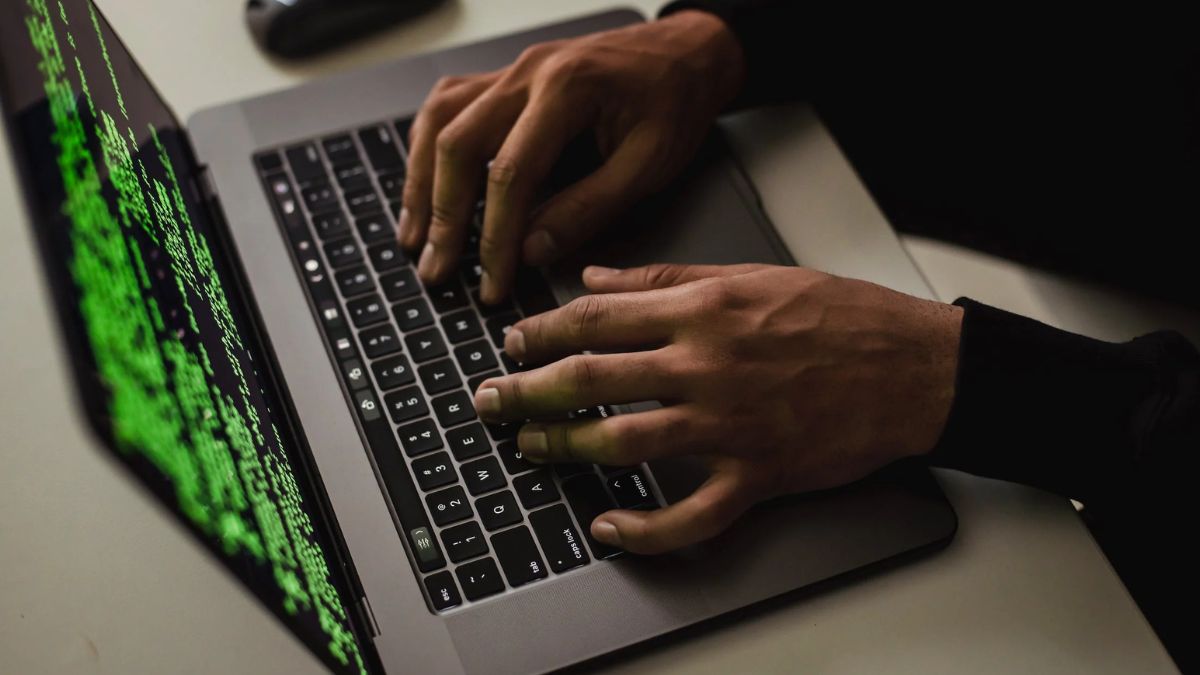In our digitally-driven world, the omnipresence of technology has brought tremendous convenience and connectivity. Yet, it has also given rise to a parallel threat: malware. Malicious software, designed to infiltrate systems, compromise data, and disrupt operations, poses a significant risk to personal and professional digital spaces. Understanding how to effectively remove malware and fortify your devices against future attacks is paramount in safeguarding your digital assets.
Recognizing Malware Symptoms
Identifying the signs of a malware infection is crucial for timely action. Some common symptoms include:
- Sluggish Device Performance: Unexplained slowdowns in your device’s speed or responsiveness.
- Pop-up Ads: Consistent appearance of unwanted pop-ups, especially when offline.
- Unexplained Data Usage: Sudden and excessive spikes in data consumption.
- Strange Behavior: Programs or files running unexpectedly or behaving oddly.
- Security Warnings: Antivirus software or operating systems alerting you to potential threats.
Effective Malware Removal Steps
Disconnect from the Internet
Immediately disconnect the infected device from the internet to prevent further communication between the malware and external servers.
Boot into Safe Mode
Access Safe Mode on your device to limit the actions of the malware. The method for entering Safe Mode varies based on the operating system.
Update and Run Antivirus Software
Ensure your antivirus software is updated to its latest version. Conduct a thorough system scan to detect and remove malware from your device.

Employ Malware Removal Tools
Supplement antivirus scans with trusted malware removal tools like Malwarebytes or Spybot Search & Destroy for additional detection and elimination of stubborn malware strains.
Manual Removal of Suspicious Programs
Access the Control Panel (Windows) or Applications folder (Mac) to uninstall unfamiliar or suspicious software that might be linked to the malware.
Restore from Backup
If available, restore your system from a clean backup created before the malware infection occurred to revert to a stable state.
Reset Browser Settings
Resetting browser settings can help eliminate unwanted extensions or alterations made by the malware to your browser.
Seek Professional Assistance
For severe infections or if uncertain about the removal process, consult cybersecurity professionals or tech support services for expert guidance.
Proactive Measures for Future Protection
Install Reputable Antivirus Software
Invest in trusted antivirus software and keep it updated regularly to shield your device from emerging threats.
Regular Software Updates
Frequently update your operating system, software, and applications to patch known vulnerabilities and strengthen defenses against malware attacks.
Exercise Caution Online
Avoid clicking on suspicious links, downloading from unverified sources, or opening email attachments from unknown senders.
Use Firewalls and Ad-Blockers
Activate firewalls and ad-blockers to add layers of defense against potential malware infiltration.
Implement Regular Backups
Regularly back up your data to external drives or secure cloud storage to mitigate potential data loss in case of a malware attack.
Stay Informed and Educated
Stay updated on the latest malware threats and cybersecurity best practices through reputable sources to enhance your awareness and preparedness.
Malware removal is a strategic process that demands a blend of tools, knowledge, and proactive measures. Timely detection and decisive action are critical in minimizing the impact of malware infections. Equally important is the implementation of robust preventive measures to fortify your devices against future threats.










